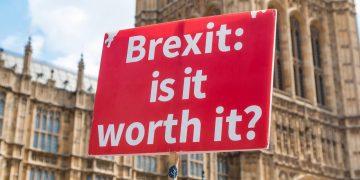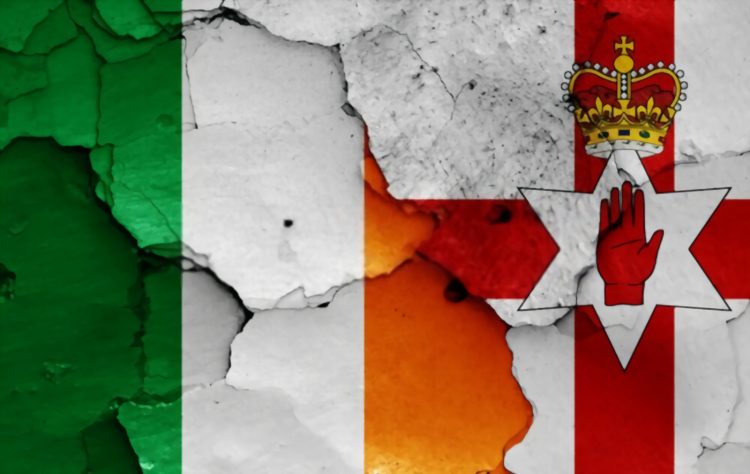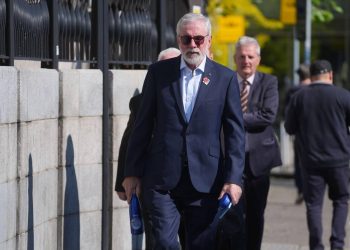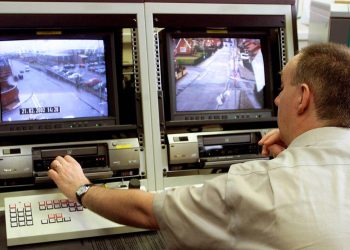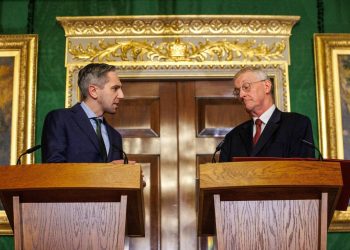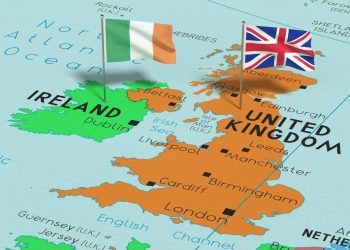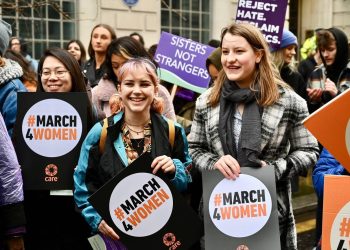Are the people of both the Irelands happy with fragmentation?
According to polls conducted on both sides of the border, voters in Northern Ireland and the Republic of Ireland see themselves united as one country in the next ten years. South of the wall, 62% of people favour Irish unity, though the majority view it as a long-term project rather than an immediate priority. The most popular timeline for a referendum was “in the next ten years.” A separate poll by Lord Ashcroft in Northern Ireland showed a majority think there should be a border poll sometime in the future.
If a referendum were held in 10 years, two-thirds thought it would see a vote in favour of a united Ireland. The UK has retained control of the six provinces of Northern Ireland since the southern part of the island won independence a century ago but set out the terms on which reunification could occur in the Good Friday Agreement in 1998. Referendums would need to be held on both sides of the border. Only the UK can call a ballot in the north, and it is obliged to do so if it seems likely that voters would choose reunification.
“We’re looking at it within years, not decades, said John O’Dowd, a politician in the Northern Irish Assembly for Sinn Féin, supporting reunification. The demographic and political changes happening in the north and across the island of Ireland won’t wait decades. There’s a growing conversation and a growing swell of opinion around it.” A recent survey found that a majority favoured holding a referendum on unity within the next five years, with 47 per cent currently in favour of remaining in the United Kingdom and 42 per cent supporting a united Ireland. Among the under-45s, reunification led by 47 to 46. Sinn Féin leader Mary Lou McDonald has urged governments in Dublin and London to begin serious preparations for the possibility that Northern Ireland will leave the UK shortly.
Reunification is the new hope for Irish people living in both Irelands.
Since the Irish War of Independence against Britain ended in 1921, the island of Ireland has been divided into North and South. But reunification has always remained an aspiration for Irish nationalists in Northern Ireland and political parties in the Republic without any clear path to fruition. Now, nearly a century after the island was divided, reunification is back on the agenda as a realistic possibility and not just a long term goal. It’s one of the main points on the election manifesto of Sinn Féin, the political party that’s topping the polls ahead of the Republic of Ireland’s general election on Saturday.
Sinn Fein is calling for a vote on Irish unity by 2025 and said that it is a precondition of its entering into a coalition with any other political party. Britain’s departure from the EU has partly been spurred on, which officially happened on Jan. 31. “It has always been rumbling in the background and mainly pursued by Sinn Féin because it is the number one aim of the party,” explains Muiris MacCarthaigh, senior lecturer in politics and public administration at Queen’s University in Belfast. “But also Brexit has pushed it into the foreground.”
According to one of the most recent opinion polls, the Irish nationalist party, Sinn Féin, has been polling higher than expected and has the most increased support it has ever seen in the Republic. However, Sinn Féin has only fielded 42 candidates, about half the number fielded by the two main parties, perhaps due to a previous loss of seats in a local election. It’s, therefore, unable to capitalize on the unexpected surge in support fully.
The left-wing party was once considered the political arm of the Irish Republican Army (IRA), a paramilitary organization to end British rule in Northern Ireland. Today, Sinn Féin fields candidates on both sides of the border. In Northern Ireland, the party represents a large portion of the nationalist, traditionally Catholic community and is part of the devolved government in Belfast. In the Republic of Ireland, where Sinn Féin is currently the third-largest party in the Irish parliament, the party has developed broadly centre-left policies such as anti-austerity measures and wealth taxes.
The people of Ireland are moving towards Irish unification.
Momentum toward Irish unity and self-determination for the people of Ireland is continuing to grow. The party now the majority of Irish people follow, Sinn Féin, believes that Irish unity is the only platform on which people can build an Ireland of equals. In 1998, the Good Friday Agreement (GFA) was overwhelmingly endorsed by the people of Ireland, north and south. This internationally recognized accord was fully supported by successive US administrations and houses of Congress, Canadian governments, and the European Union, and it was registered at the United Nations. It provides a democratic and peaceful path toward Irish reunification, a pathway denied to previous generations of Irish republicans. For the first time, Britain’s control of the North of Ireland was conditional on the will of the majority of citizens there. International support for the peace process has been significant. Irish society has also changed dramatically due to that same peace process. Sinn Féin will contest the upcoming Assembly election in May 2022 to return our largest-ever team of representatives in the north of Ireland.
There are some critical actions that the Irish government needs to progress. Sinn Féin has called on the Dublin government to fully implement the Good Friday Agreement, including guaranteeing the functioning of North-South institutions. The establishment of a joint Oireachtas committee on Irish unity, an all-island-inclusive citizens’ assembly to discuss and plan for unity, and the publication of a “White Paper” road map to Irish unity. The Irish people have witnessed the chaos and confusion Brexit has created — and this cannot be countenanced in the Irish unity campaign. People want a referendum in which they know what they are voting for and are well informed about what the new constitutional arrangements and the new Ireland might look like. The Irish government must start the process of planning and setting out new accounts urgently. The British government cannot deny the right of the people to self-determination. The British secretary of state can call a unity referendum at any time. Under the Good Friday Agreement terms, they are compelled to hail one when it appears likely that the majority in the North of Ireland would vote for change. Unity is the basis on which Ireland can thrive as a country, upon which a new nation can be built, a real republic that is outward-looking, forward-thinking, inclusive of all, and a global leader. The call from Ireland is that it is time for Irish reunification, it is time to plan, and it is time to deliver.
Conclusion.
The Irish government must become a persuader for a united Ireland. It must honour its constitutional obligation to work toward national reunification, and it must bring the focus of the international community to the unity campaign. The government must secure the referendum on unity in line with the commitments of the Good Friday Agreement and let the people have their say. A new united Ireland must be a more prosperous, inclusive, and equal island. The economic outworkings of reunification would positively impact the Irish economy as a whole. The outdated arguments that “we can’t afford it” do not have any basis in reality. The demand for unity among the Irish people is growing. It is time to plan and allow all people to have a say in their constitutional future. It is essential, too, that people respect the legitimate concerns of our unionist neighbours and work toward a new constitutional arrangement where everyone’s culture and traditions are respected.
And on top of everything, the people of both the Irelands must show that the fragmentation was unnecessary and the enemy could not benefit from it anymore.

